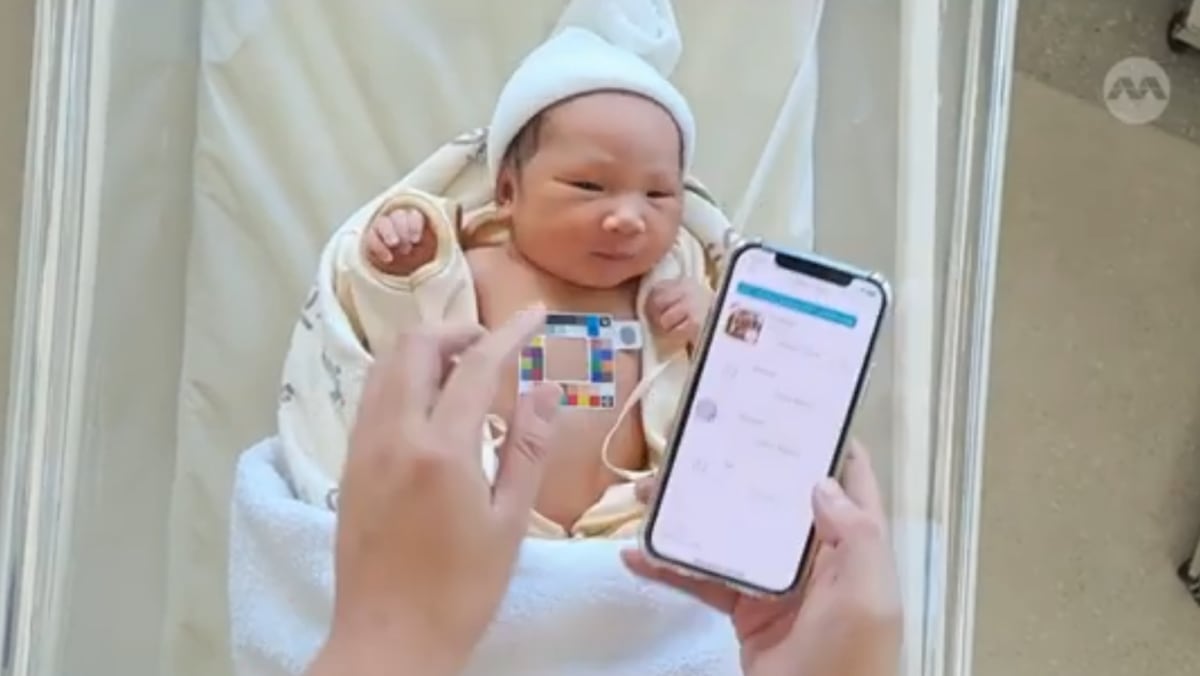DEVELOPING THE APP
For the first two to three weeks of their lives, infants have to undergo screening for the condition, which typically involves frequent clinic visits, SGH noted.
Currently, newborns are screened by means of using a light-emitting handheld gadget to measure the yellowness of the baby’s skin or a heel prick to obtain a blood sample, both of which are done in a healthcare setting.
This may worry parents about exposing their infants to airborne diseases, doctors said.
Parents face several challenges in the early stages, including lack of sleep, said principal investigator Dr Alvin Ngeow.
He noted that mothers in particular may be going through recovery from childbirth and postpartum blues.
Such stressors for parents were taken into consideration in the development of the app so that they can check for jaundice accurately in the safety and comfort of their own homes, said the senior consultant at SGH’s Neonatal and Developmental Medicine Department.
He added that while apps for this purpose are not new, most of them only take a single point of reference such as the forehead to determine if a child has jaundice.
“In fact, a newborn with jaundice can have varying degrees of yellowness in different parts of the body. Furthermore, the other apps were developed in other countries for babies who may have skin tones that are different from that of (our) local population, a factor that has bearing on accuracy,” Dr Ngeow said.
The app, jointly developed by SGH, SingHealth Polyclinics (SHP) and national healthtech agency Synapxe, takes readings from the chest and abdomen, and works with both lighter and darker skin tones.













